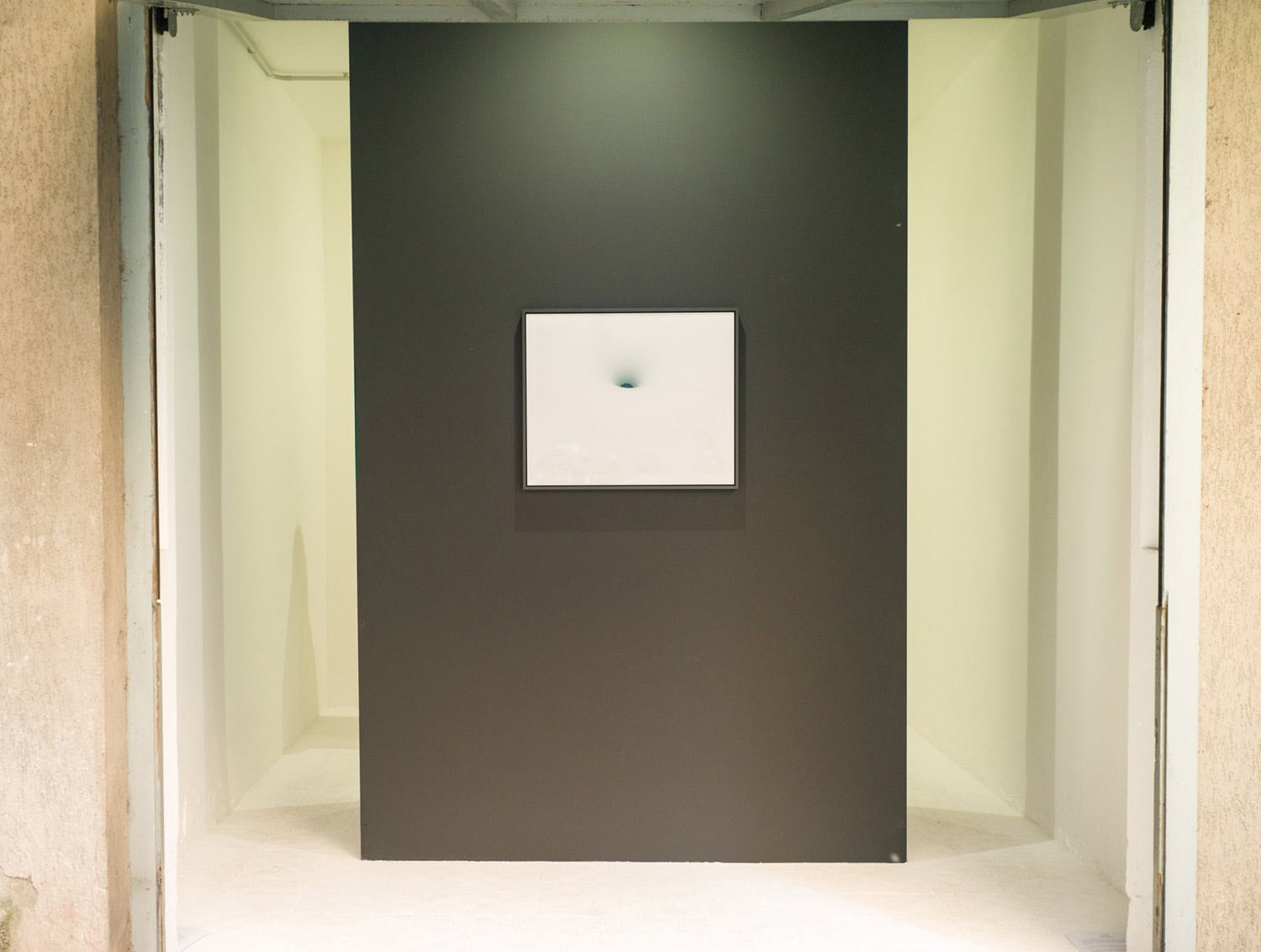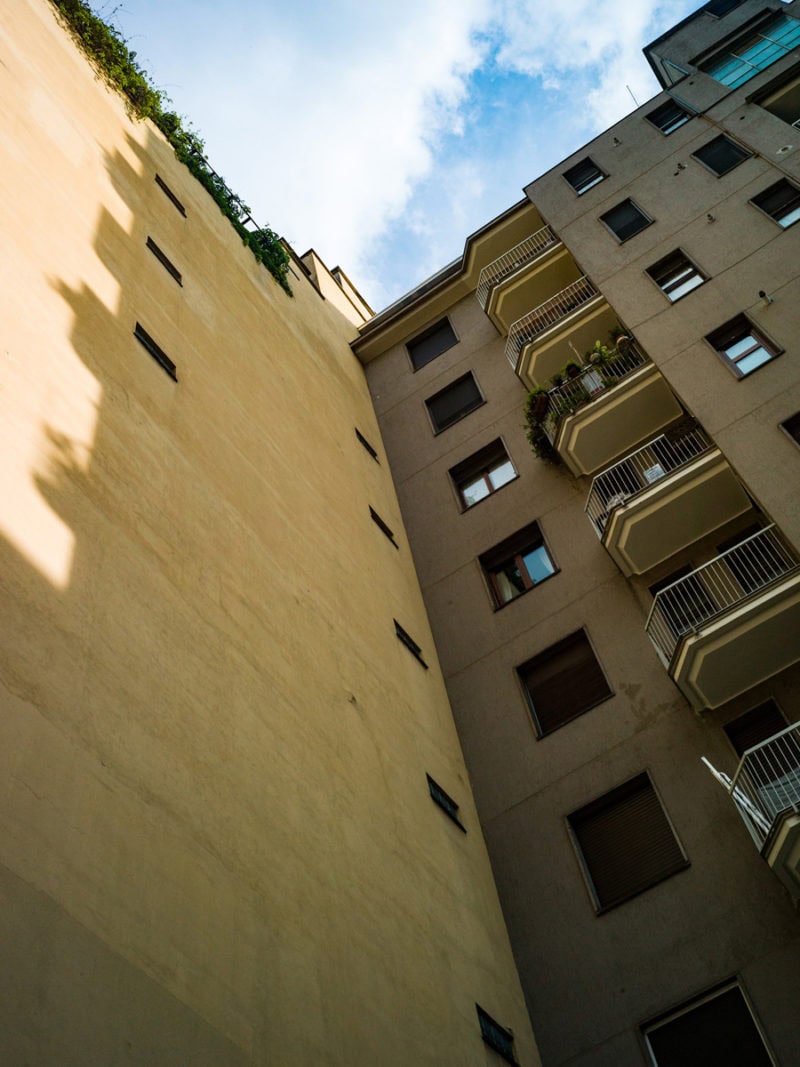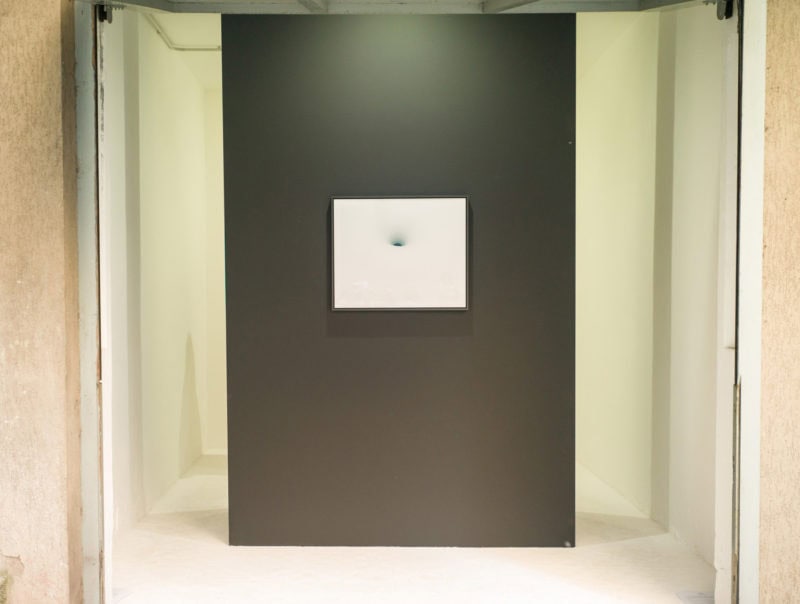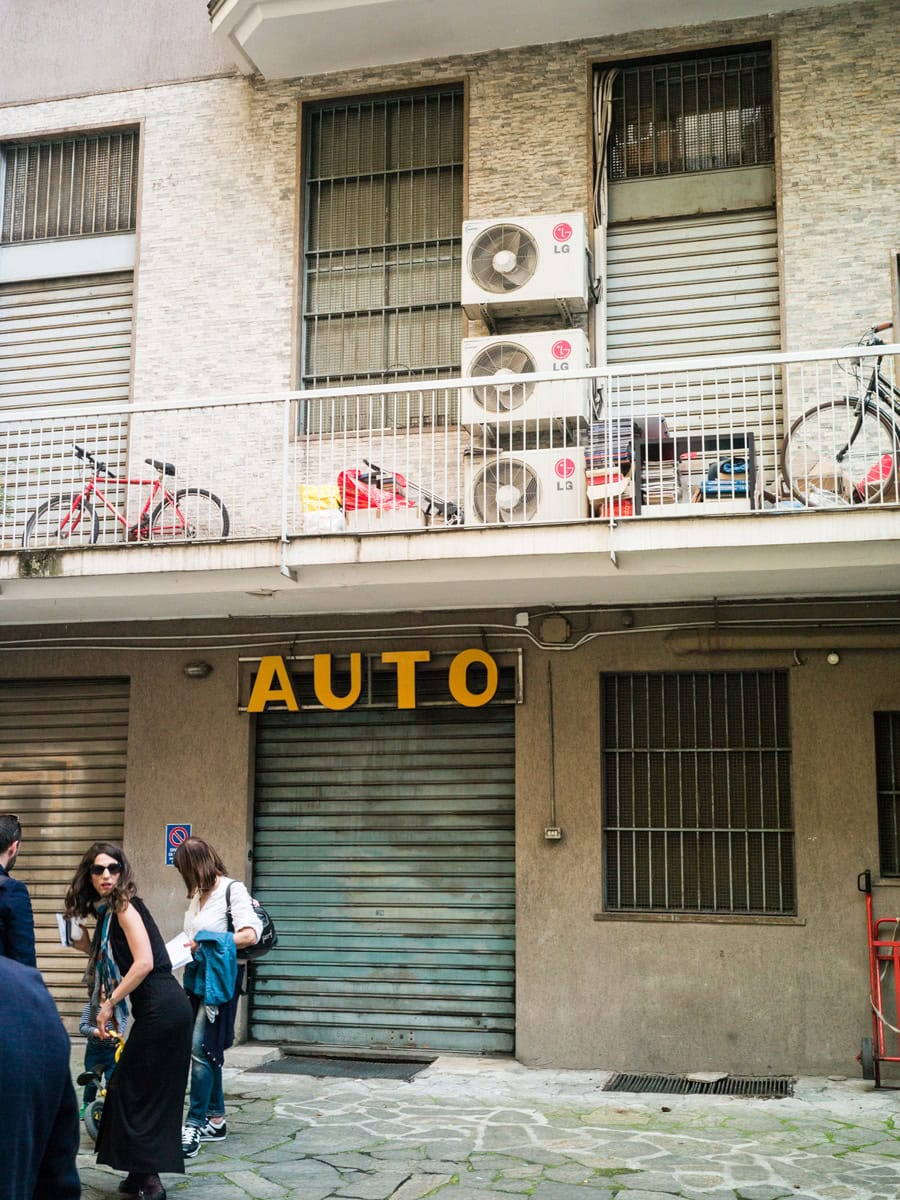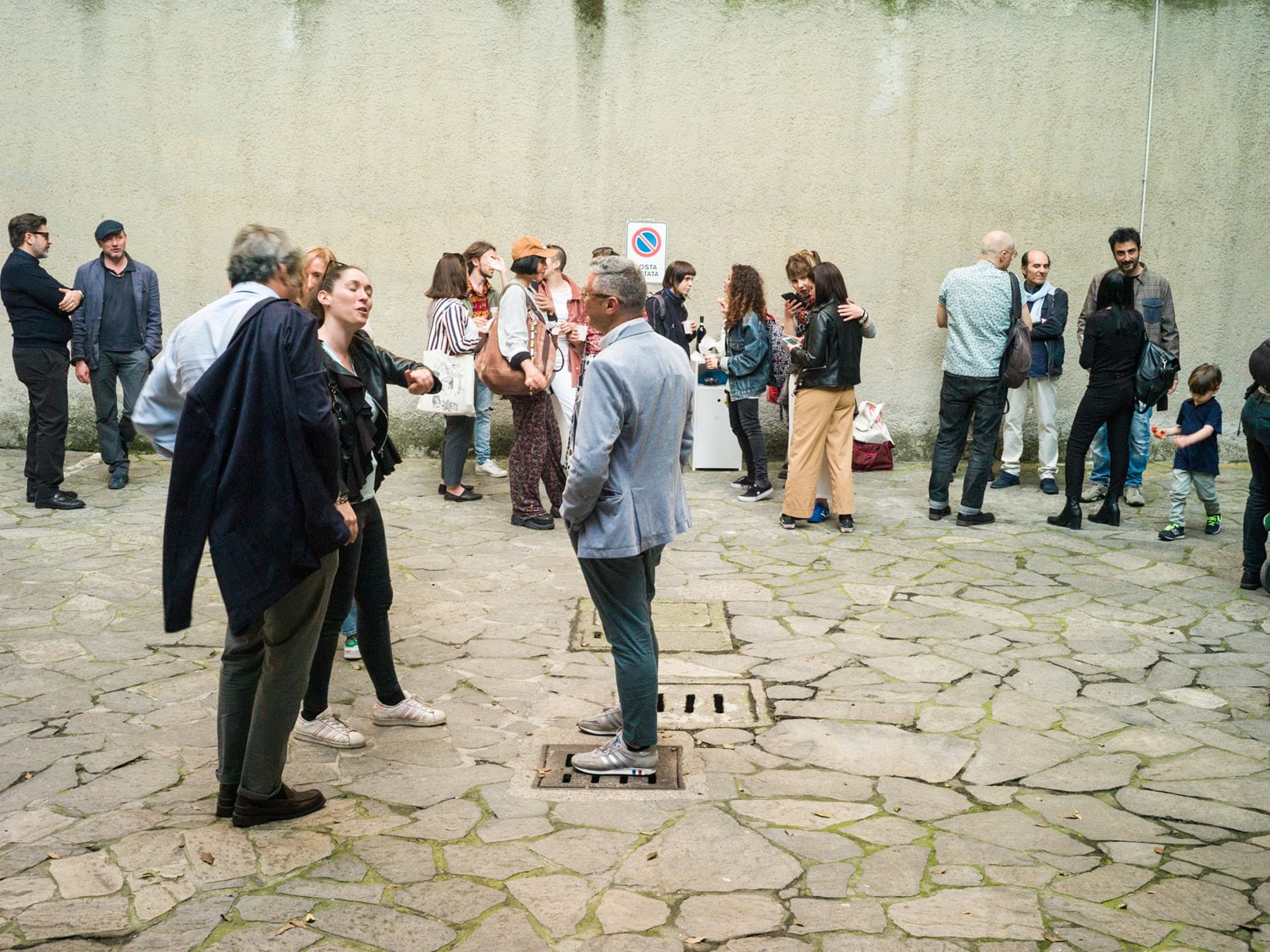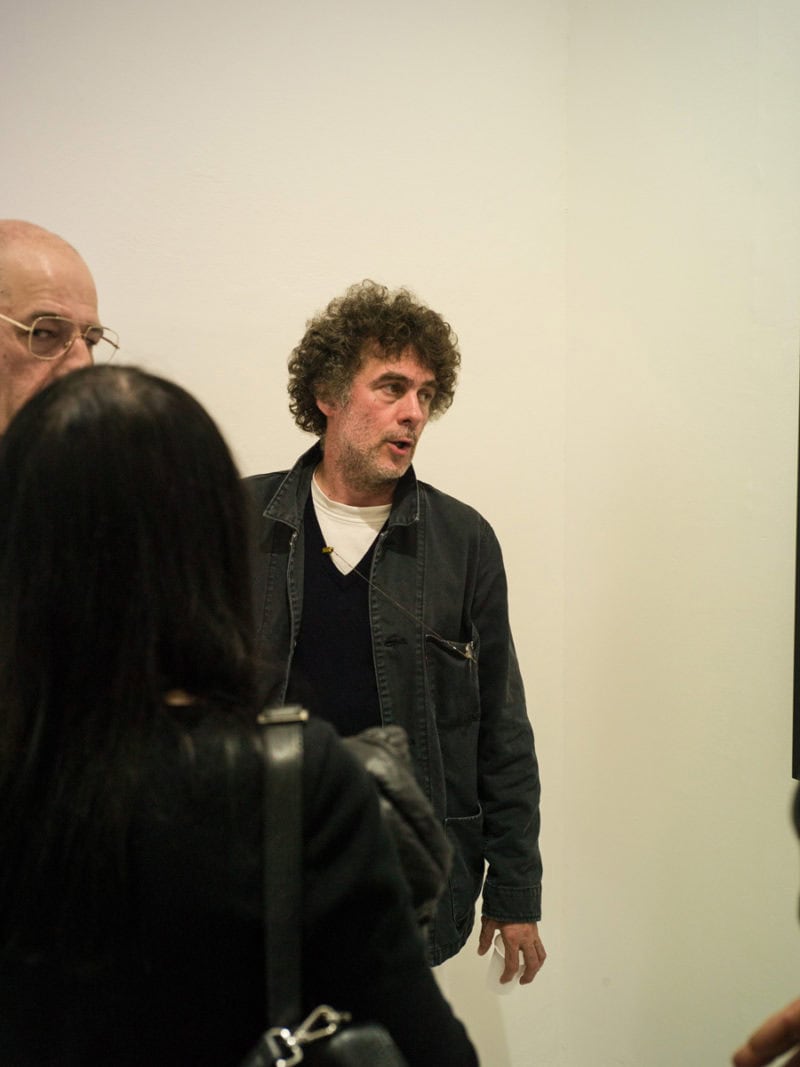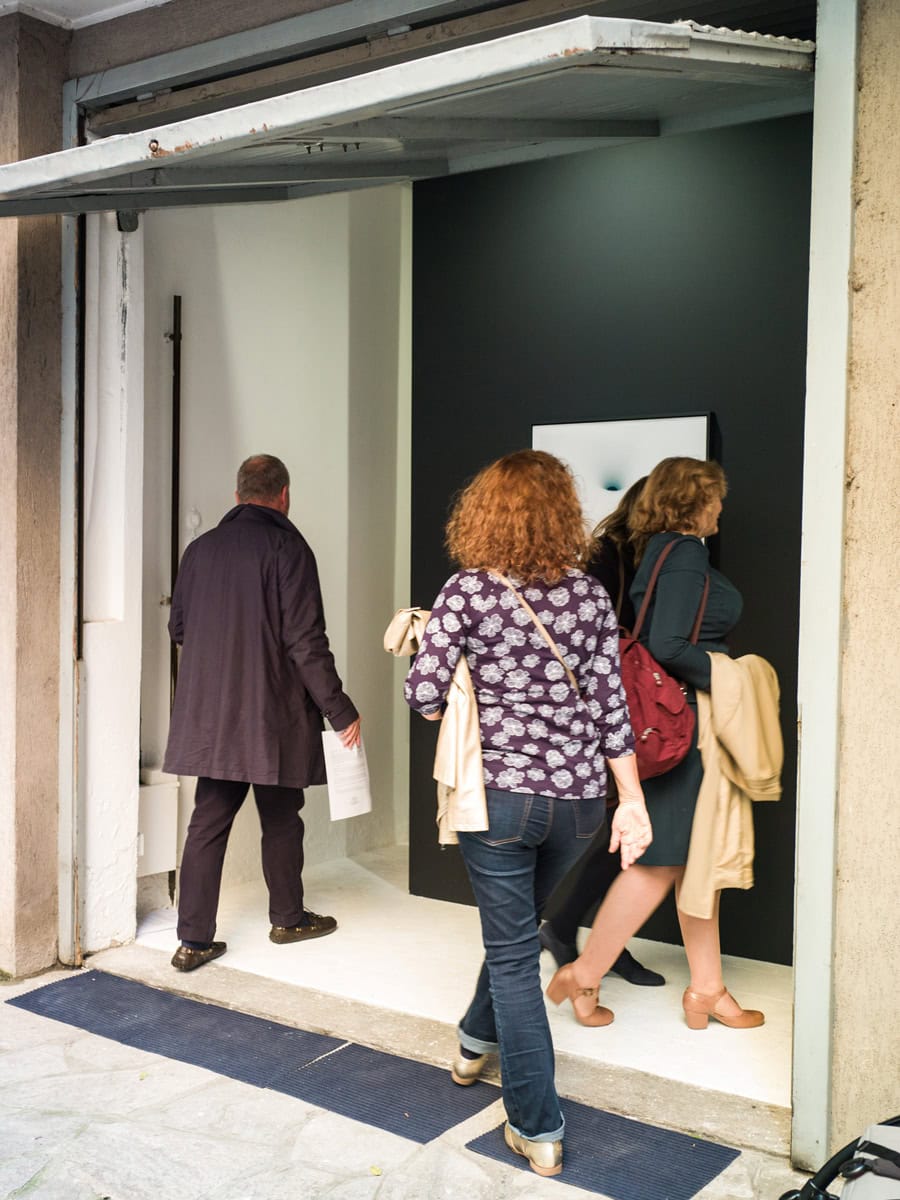A few months ago we spent some time with our neighbours at The Open Box, an artistic project embedding art into an unusual space that caught our attention. It is located in Via Pergolesi 6, Milan, close to our HQ: during the vernissage of their latest show with Carlo Valsecchi, Tamen Simul (curated by Walter Guadagnini) we had the chance to meet Gaspare Luigi Marcone, one of the founders.
Why the garage? What links you this urban atmosphere?
The Open Box (via G.B. Pergolesi 6 – Milan) is a physical and mental “space” directed by Gaspare Luigi Marcone (artist, curator, art historian) who founded it in the April of 2015, together with the artists Valentino Albini, Andrea Francolino and David Reimondo.
A container conceived as a parallel of the mind (or the studio) of artists, critics and curators. A “box” or garage seen as a container with a vocation for travel. A place both static and itinerant for the exposition of ideas, projects and works both historicised and new, both of the past and the present, with a gaze turned to the future and to research. In short, a project stripped of aesthetic or generational “dogmas” that focuses on the centrality of the work of art as a means of propulsion, the object of a vision, of dialogue or of debate. The garage is therefore well suited to this philosophy. An “urban space” that is simple, accessible, diffuse and essential, “democratic” we might say.
Have you come up against limitations in the selection of artists or works due to the nature of the exhibition space?
The appeal of this project actually lies in the “limitations”, which in reality become mental and expository “expansions”. Moreover, in four years of programming, all the invited artists have personalised or transformed the space or in one way or another, constantly “redefining” this white box on the basis of their own poetics and research as well as the merely practical demands.
How do you get on with your neighbours?
We have a great relationship with the neighbours; from the initial curiosity we have moved on in some cases to a degree of “complicity”.
The garage as a commonplace exists everywhere. Which city would you like to reach?
The Open Box has already moved outside Milan, albeit temporarily. In the October of 2015 a garage in Verona hosted the twin shows of Andrea Francolino and Elisabeth Scherffig, while a couple of years ago we were invited by the organizers of Nesxt (www.nesxt.org) to stage an exhibition in the Park Carlina garages in Piazza Carlina, Turin (26 October – 5 November 2017), where five two-person shows were presented involving the 10 artists who had already exhibited in the Milan garage; a series of “dialogues” shedding light on the peculiarities of the work of the individuals in relation – with analogies, differences and specific features – to the general characteristics of The Open Box. A remarkable sui generis project was instead realised in Cosenza for the BoCs Art residency; Giacinto Di Pietrantonio, artistic director of BoCs Art invited six artists who had exhibited at The Open Box to stay in Calabria (summer 2018). There have also been periodic invitations for expositions abroad, but as ours ids a no profit space we have to carefully evaluate every proposal.
You’re currently presenting Carlo Valsecchi in Milan. What persuaded you to choose him and his work?
We have been aware of Carlo Valsecchi’s work for many years. He was one of the first artists on our list to exhibit at The Open Box. His words on the occasion of his exhibition tell you all you need to know about this choice: “I’ve always thought of and experienced these spaces as actual boxes, strongly distinguished only by the lines of perspective that form and delimit space in three dimensions, no decoration, no ornamentation and no attempt to provide visual pleasure for those who cross that threshold. Form and function become architecture. Adolf Loos spoke of ‘spatial austerity’ in relation to his architecture: for me, in fact, the box, or garage, is a space […] where the ‘spatial austerities’ are so determined by and consequential of my way of seeing as to create a kind of logical upheaval, dilating and amplifying the space to the point where it becomes infinite.
How much space have you given to photography in the four years of The Open Box?
You’d need to define, if that’s possible, what you mean by “photography” or “photographers”. Today, many artists who do not define themselves as photographers use photographic images as much as they do canvases, installation, sculpture and so on. Among the founders of The Open Box is Valentino Albini who has a background as a “professional photographer”, while his research dismantles the very essence of photography. Gianni Caravaggio, for his exhibition Sostanza Incerta (2017) covered a block of black marble with a star spangled sky in paper, a photograph reproducing a newborn universe, with a number of lacerations. The artist offered a gift to open with the mind. For the group show Immagini Ombre Idee (2018) the 10 featured artists (Valentino Albini, Corrado Bove, Gianni Caravaggio, Carlo Fei, Goldschmied&Chiari, Sophie Ko, Mikayel Ohanjanyan, Ornaghi&Prestinari, Shigeru Saito, Elisabeth Scherffig) had the photographic image as a common denominator (photographs of sculptures, visual notes, burnt images, polaroids). Now, as mentioned previously, we have the solo show by Carlo Valsecchi through to the 30th of August 2019.
